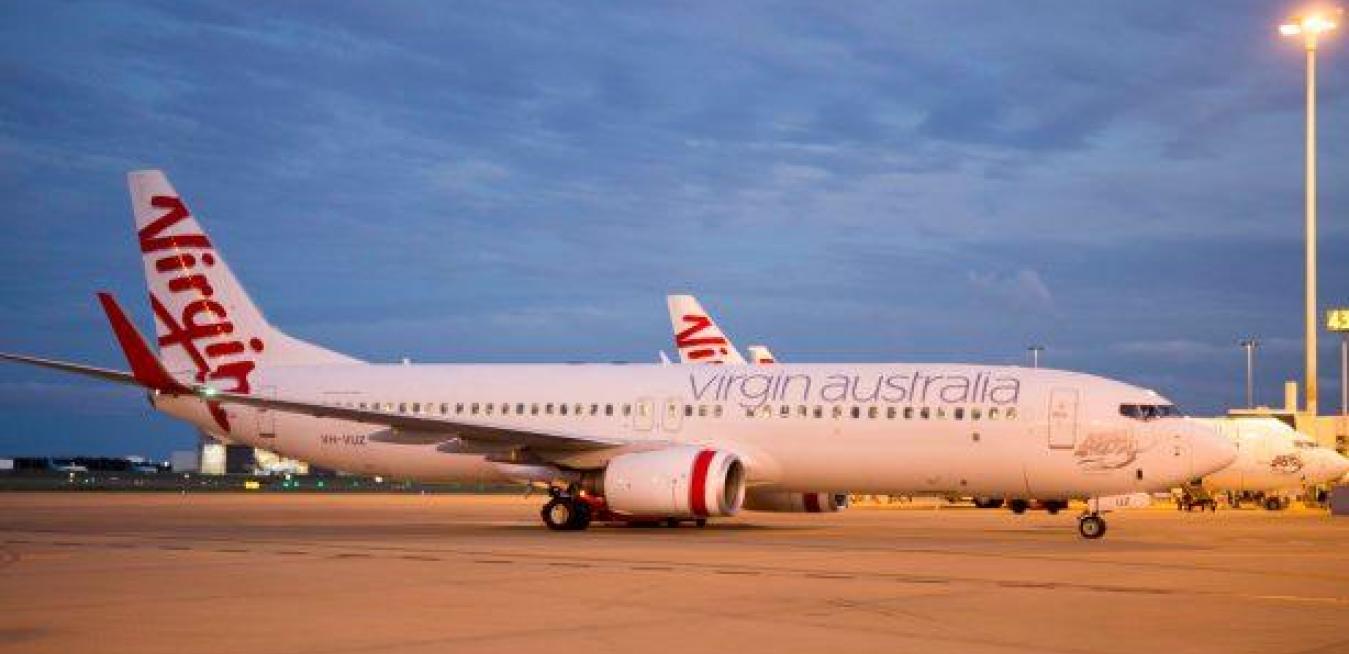“Our people in Cincinnati have defined computer models of engine performance over time, as well as extensive results of testing. They combine the two to give a deep understanding of how a particular engine should be operating under certain conditions. One of our roles here is to look at the data that’s coming off the engines, to understand whether it’s within expectations or not,” says Smith, senior field service engineer.
Modern jet generate data by the terabyte. How that machine speak is interpreted can make a big difference to an airline—to safety, operating costs and on-time performance.
Among the most important indicators gathered and transmitted by sensors within the engines are engine operating temperatures, vibration levels, oil-system temperatures and pressures, and fuel-system temperatures and pressures.
Interpreting these health metrics for anomalies helps to predict problems long before they might cause a failure—an obvious safety benefit—and enables the airline to plan maintenance beyond the regular service program, rather than having schedules disrupted and travellers disgruntled by unexpected breakdowns. To Andrew Lillyman, general manager of network operations for Virgin Australia, this information is vital, allowing him to organise back-up for aircraft that need a pit stop for whatever reason, and helping to ensure a seamless passenger experience.
The more aircraft in the fleet that are flight-ready, the more options Lillyman’s team in the airline’s operations control centre (OCC) also has when there are other threats to the schedule: clouds of volcanic ash over Indonesia, cyclonic winds in Queensland, fog in Melbourne. If planes are grounded due to atmospheric conditions in one area, an overall healthy fleet can manage its resources to keep other passengers flying to their destinations on time.
Lillyman is one of five experts in their fields featured in the documentary interactive Innovation Never Sleeps, a collaboration between GE and the Guardian. “On-time performance is critical for the airline,” he says. “It’s really important for the guests that we respect their time, and depart and arrive when they’re expecting.”
Constant innovation in GE jet engine design and monitoring is enabling airlines such as Virgin Australia to edge closer to their goal of 100% on-time arrivals and departures—weather permitting! Andrew Lillyman, general manager of network operations at Virgin, takes us through the hangar and airline control rooms.
On Virgin Australia’s long-haul flights to destinations such as LA and Abu Dhabi, more data is streamed and monitored in real time than on domestic flights, because disruption to passengers on a long-haul flight is potentially greater. Says Smith, “The 777 aircraft that fly to LA have about 14 hours between departure and arrival. If a problem is identified and the information is transmitted mid-flight we’d have seven hours to understand it and decide what we’re going to do. If we need maintenance personnel, if we need tooling, if we need parts, we can even start that process before the aircraft arrives at the gate.” The aim, again, is to enable uninterrupted turnarounds and the ultimate assurance of safety for passengers.
Behind the scenes at Virgin Australia, communications technologies help the network operations team to keep travellers informed of any changes to their flights, proactively manage customer schedules and improve their airline experiences.
On short-haul domestic flights, say between cities, or between cities and towns on Australia’s east coast, faults that require attention sooner rather than later are relayed to maintenance experts in the OCC, although such events are rare. Commercial airlines already follow an engine-overhaul and parts-replacement regimen set by historical data that indicates the high-performance lifespan of components and when they begin to show less than optimal efficiency.
On the whole, says Mike Hockin, general manager of engineering operations for Virgin Australia, “Aircraft spend less time in the hangar than they did 10 years ago, largely because of improvements that the manufacturers have designed into both the engine and the airframe, which then require less maintenance.”
GE is, for example, a market leader in pioneering new engine materials that tolerate heat, one of the major causes of stress on engine components. Years of testing innovative composite matrix ceramics (CMCs) in on-the-ground applications such as in gas turbines, have proven their heat durability. They are now set to play a key role in the advanced performance of the new LEAP turbofan engine by CFM, a joint venture between GE and French engine manufacturer, SNECMA.
Virgin is due to take delivery of its first Boeing 737 Max aircraft, powered by LEAP engines, in 2017. “We’re all very excited about that,” says Smith. “The new materials and also new manufacturing techniques that are going into our next generation of engines, will help, we believe, to extend reliability, durability and performance.”





